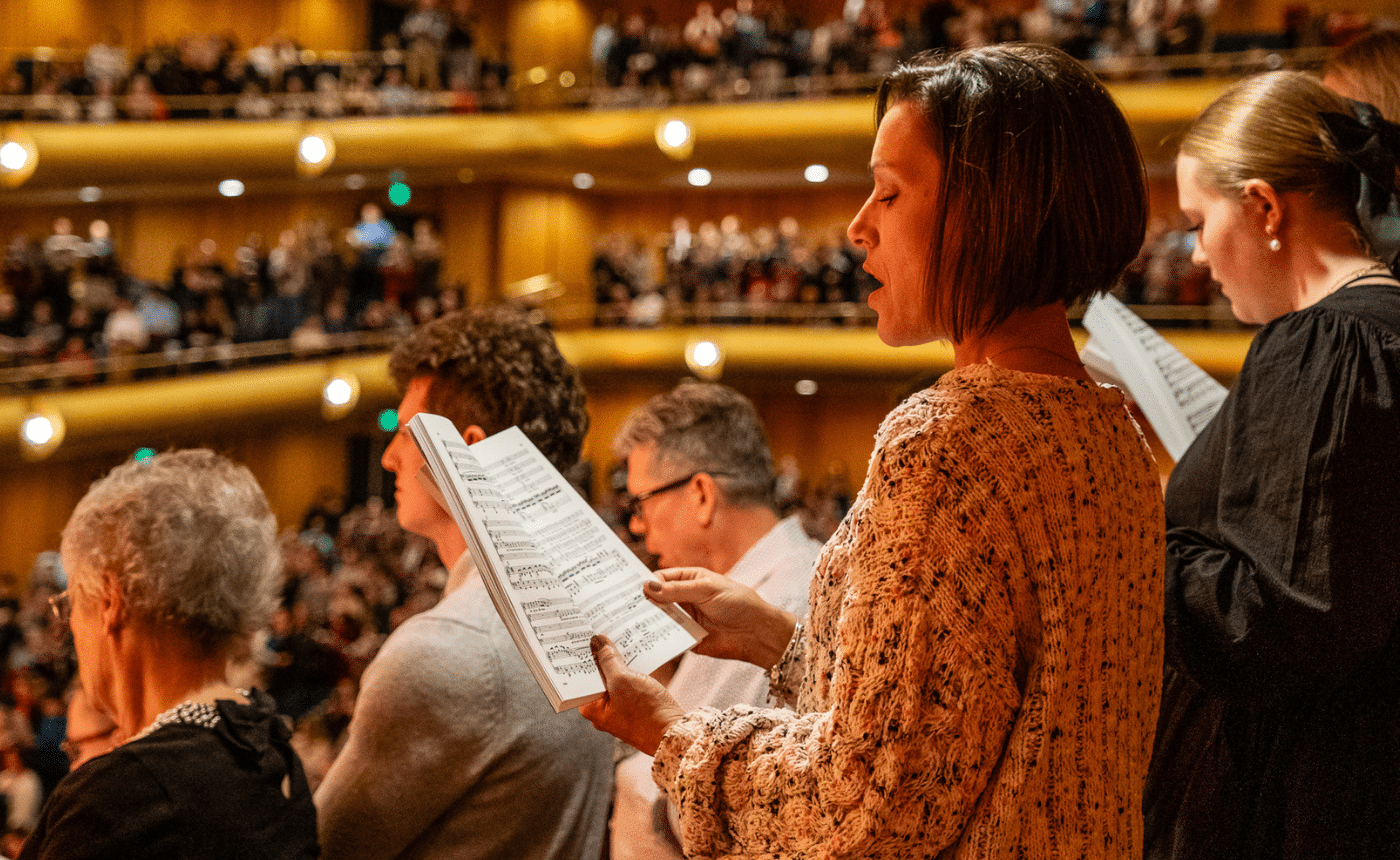Ives: Symphony No. 1 in D minor
Charles Ives (1874 – 1954): Symphony No. 1 in D minor
Background
America loves a maverick — an individual thinker far ahead of his or her time. Such a thinker was the genius Charles Ives, a true New England nonconformist in his music, though he led a life of outward respectability, working in the insurance industry. He is one of two giants of American culture, the other being the poet Wallace Stevens, who command our attention for the striking similarities in their lives and their continuing influence in the arts.
Ives was born in 1874, worked in the insurance industry, and lived mainly in Danbury, Connecticut; Stevens was born in 1879, worked in the insurance industry, and lived mainly in Hartford, Connecticut. They died in 1954 and 1959, respectively. Together they represent a distinctively American brand of artistic modernism. Both Ivy-League educated (Ives at Yale, Stevens at Harvard), they combined a deep intellectualism with total independence from the artistic mainstream. Though they became celebrated as mavericks, trailblazers might be a more apt description; many musicians refer to Ives as “Charlie” not because they were ever friends, but because Ives is so deeply American and because his work strikes listeners so personally. No composer has had a deeper impact on the American composers who came after him.
Many of Ives’ compositions are densely layered, with multiple melodies, tonalities and rhythms unspooling simultaneously. Listening to them can be comparable to listening to two or three different conversations at a cocktail party and tracking their connections in real time. His biographers speculate that Ives’ delight in this kind of simultaneity resulted from hearing his father, George Ives, lead band music on the town green in Danbury while other bands were playing different music within earshot.
What to Listen For
Listening to Ives is always an adventure, but this particular adventure — composed during his undergraduate years at Yale — does not take us quite as far into the musical wilderness as his second, third (which won the Pulitzer Prize for music), or fourth. In his later years, Ives would disparage it, though in retrospect it would seem that his criticisms reflect not a lack of quality, but his willingness to subordinate his penchant for originality and even rebelliousness to the influences past symphonists. Many listeners hear a Tchaikovsky-like sound in it. But then, they also hear the sound of Mozart in early Beethoven symphonies and concertos. This symphony pairs wonderfully with the Dvořák Ninth, since its opening is thought to be modeled on Dvořák’s construction of that symphony’s slow, poetic opening. Ives’ harmonically adventurous development of the first movement may also portend the more fearless musical adventurer he later became; it modulates without any particular concern for resolving the movement in the same key in which it began. Ives is said to have remarked that since there is no rule requiring people to die in the same place where they were born, music should not have to end in the same key where it started.












